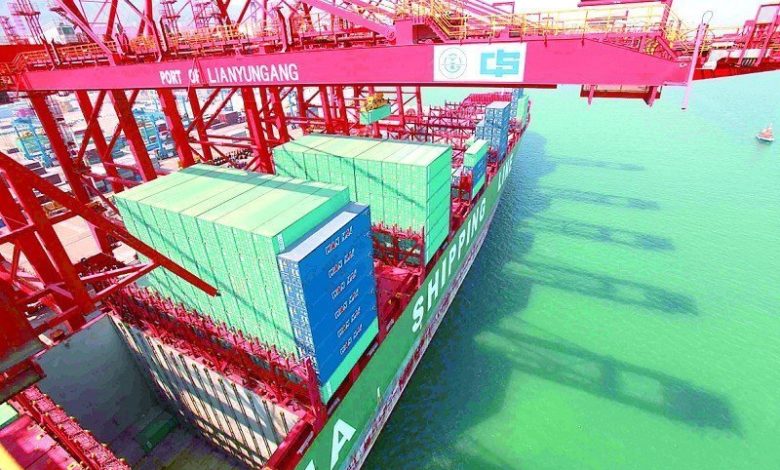China’s transport links with Central Asia in the spotlight

Raffaello Pantucci, the co-author of the just published Sinostan: China’s Inadvertent Empire, a book studying the People’s Republic’s growing influence in Central Asia, writes for Splash today.
The Chinese Belt and Road Initiative vision is to open up markets and enhance connectivity around the world, ultimately transforming China into the heart of a global web of trade routes and goods flows. But in many contexts, it is as much about connectivity more broadly than solely links back to China. In landlocked Central Asia, Beijing’s vision has helped the region develop multiple links to the seas.
The most prominent example of this is Lianyungang Port in Jiangsu province which has offered itself as a staging point for Central Asian goods to get to international markets, and goods to get to the region. In late 2019, the Shanghai Cooperation Organization (SCO), the Chinese instigated regional organization involving all of the Central Asians minus Turkmenistan, but also including Russia, India and Pakistan, held a meeting for logistics firms in the city, part of a broader engagement effort. Kazakh firms have invested heavily into the Port, and established numerous strong connections. Links which have unfortunately suffered during COVID as Chinese border restrictions have tightened considerably leaving Central Asians struggling to get goods in or out.
Beijing might have helped connect landlocked Central Asia to the seas, but it is not clear that it is going to be entirely smooth sailing from now on
Another more subversive example is the Chabahar Port in Iran, which has long been seen primarily as an Indian-Iranian project which would enable Indian firms to reach Central Asian markets. Something they struggled to do when trying to reach directly through adversary Pakistan and war-torn Afghanistan (though this has started to change recently changed with some limited direct routes opening). But long-standing Indian prevarication over Chabahar – something Delhi has been discussing working on for over a decade – has meant that Iran has solicited China to help the development of the port, with mention of it included amongst the many documents circulating around the 25-year strategic deal signed between China and Iran in 2021. China is helping take over this route too.
The final more complicated example can be found in Pakistan, where the recent Taliban take-over in Kabul has seemed to breathe life – at least from Beijing’s perspective – into a longstanding Chinese desire to connect up their BRI vision in Pakistan, the China-Pakistan Economic Corridor (CPEC), with Afghanistan. The idea is one Beijing has been pushing for some time, but has largely floundered under the Republic government in Kabul due to tensions between Islamabad and Kabul. The advent of a theoretically more friendly government in Kabul, and China’s warm embrace of the newly minted Islamic Emirate of Afghanistan (IEA), suggests this idea might be on the table once again. Should this connection realize, it will help give Afghanistan (and Central Asia) its quickest possible route to seas, through the Chinese developed port of Gwadar in Baluchistan. It will also quite firmly anchor Afghanistan in China’s wider BRI vision, something that has been missing in any practically meaningful way outside rhetoric.
Whether any of this is practicable of course is a different matter altogether. While relations are changed, tensions clearly still remain between Pakistan and Afghanistan. Similarly, Chabahar is a growing port, it equally remains to be seen how useful it really is as an alternative to the existing ports that access the markets that are already operational. And a key lesson many Central Asian export/importers will have learned during the pandemic was that Chinese controlled routes are not entirely reliable. It is only now, two years on, that some of the border posts between China and Central Asia are opening up once again.
Beijing might have helped connect landlocked Central Asia to the seas, but it is not clear that it is going to be entirely smooth sailing from now on.

